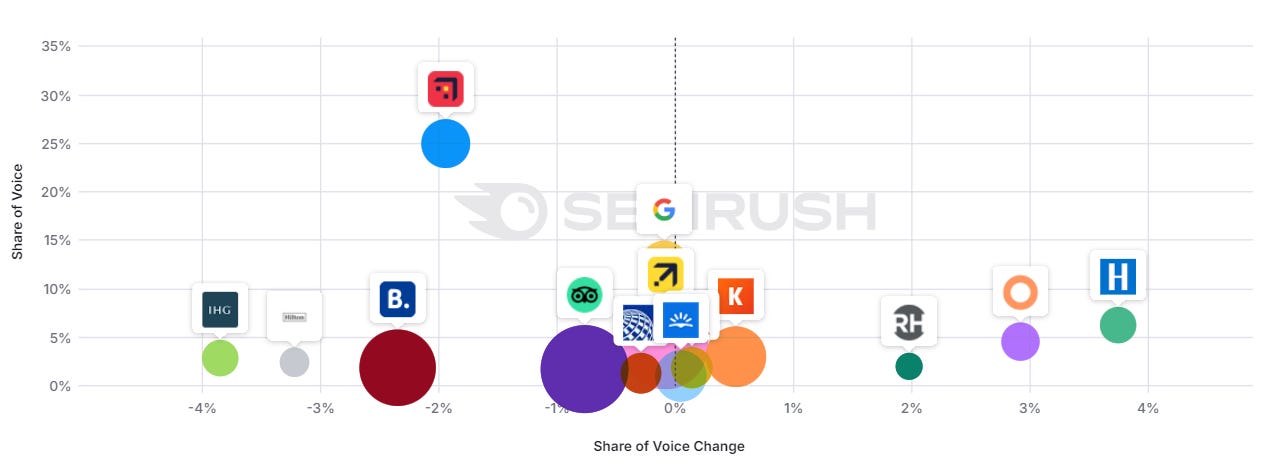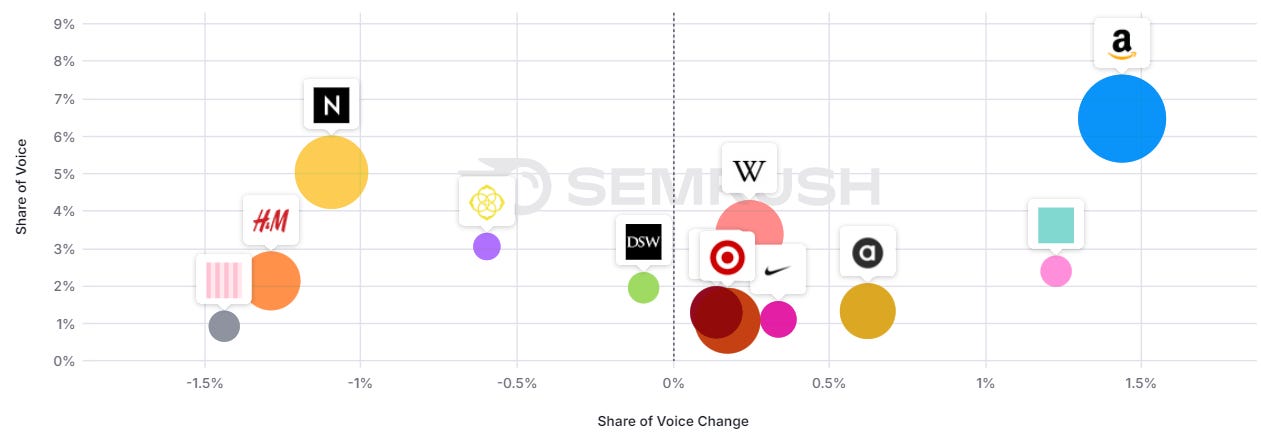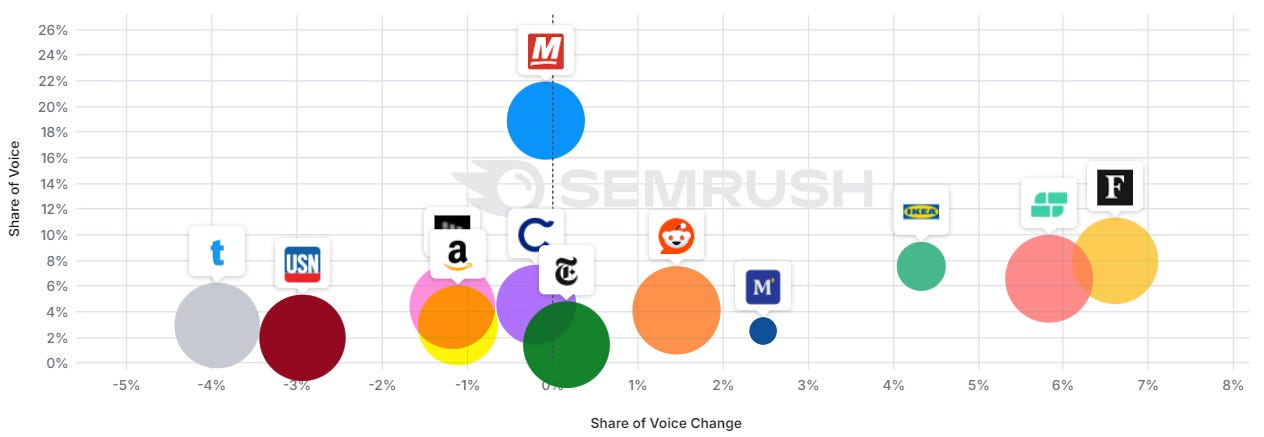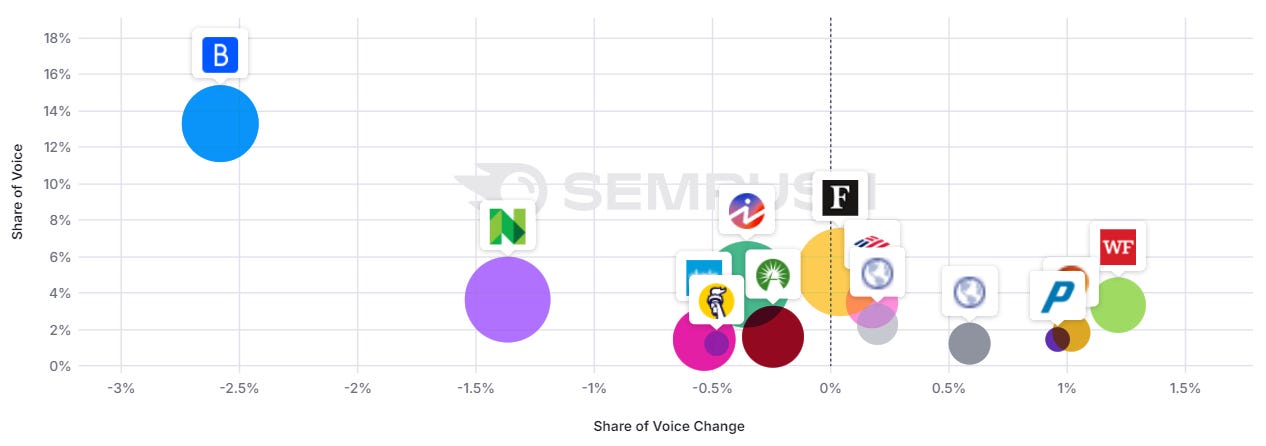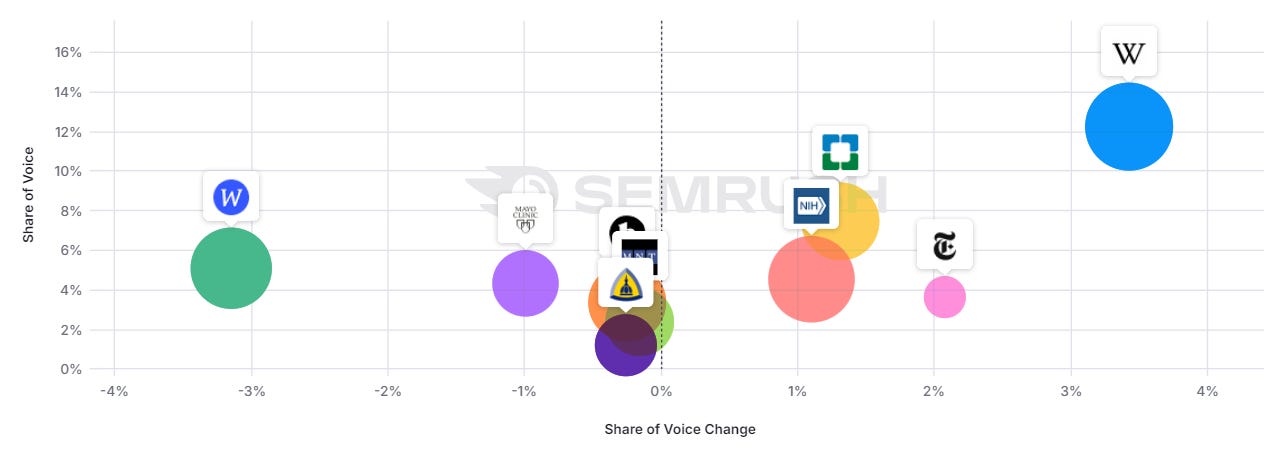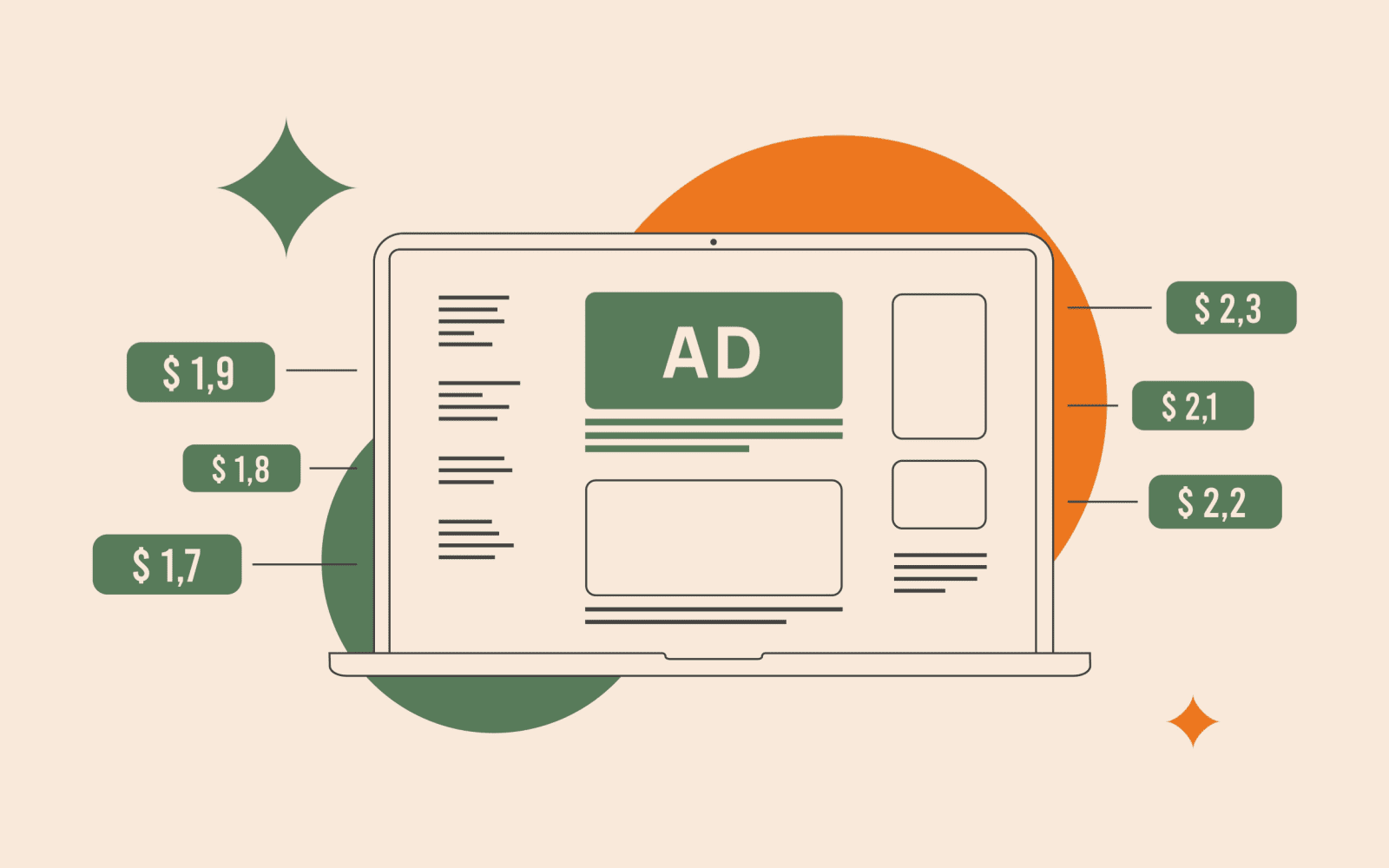Last week, we tackled setting your data strategy for value-based bidding.
The next key is to assign the right values for the conversion actions that are important to your business.
We know this step is often seen as trickier for lead gen-focused businesses than, say, ecommerce businesses.
How much is a whitepaper download, newsletter signup, or online quote request worth to your business? While you may not have exact figures, that’s OK. What you do know is they aren’t all valued equally.
Check out the quick 2-minute video in our series below, and then keep reading as we dive deeper into assigning conversion values to optimize your value-based bidding strategy.
Understanding Conversion Values
First, let’s get on the same page about what “conversion value” means.
A conversion refers to a desired action taken by a user, such as filling out a lead form, making a purchase, or signing up for a newsletter.
Conversion value is simply a numerical representation of how much each of these conversions is worth to your business.
Estimating The Value Of Each Conversion
Ideally, you’d have a precise understanding of how much revenue each conversion generates.
However, we understand that this is not always feasible.
In such cases, it’s perfectly acceptable to use “proxy values” – estimations that align with your business priorities.
The important thing is to ensure that these proxy values reflect the relative importance of different conversions to your business.
For example, a whitepaper download may indicate less “value” than a product demo registration based on what you understand about your past customer acquisition efforts.
Establishing Proxy Values
Let’s explore some scenarios to illustrate how you might establish proxy values.
Take the event florist example mentioned in the video. You’ve seen that clients who provide larger guest counts or budgets in their online quote requests tend to result in more lucrative events.
Knowing this, you can assign higher proxy values to these leads compared to those with smaller guest counts or budgets.
Similarly, if you’re an auto insurance advertiser, you might leverage your existing lead scoring system as a basis for proxy values. Leads with higher scores, indicating a greater likelihood of a sale, would naturally be assigned higher values.
You don’t need to have exact value figures to make value-based bidding effective. Work with your sales and finance teams to help identify the key factors that influence lead quality and value.
This will help you understand which conversion actions indicate a higher likelihood of becoming a customer – and even which actions indicate the likelihood of becoming a higher-value customer for your business.
Sharing Conversion Values With Google Ads
Once you’ve determined the proxy values for your conversion actions, you’ll need to share that information with Google Ads. This enables the system to prioritize actions that drive the most value for your business.
To do this, go to the Summary tab on the Conversions page (under the Goals icon) in your account. From there, you can edit your conversion actions settings to input the value for each. More here.
As I noted in the last episode, strive for daily uploads of your conversion data, if possible, to ensure Google Ads has the most up-to-date information by connecting your sources via Google Ads Data Manager or the Google Ads API.
Fine-Tuning With Conversion Value Rules
To add another layer of precision, you can utilize conversion value rules.
Conversion value rules allow you to adjust the value assigned to a conversion based on specific attributes or conditions that aren’t already indicated in your account. For example, you may have different margins for different types of customers.
Instead of every lead form submission having the same static value you’ve assigned, you can tell Google Ads which leads are more valuable to your business based on three factors:
- Location: You might adjust conversion values based on the geographical location of the user. For example, if users in a particular region tend to convert at a higher rate or generate more revenue.
- Audience: You can tailor conversion values based on specific audience segments, such as first-party data or Google audience lists.
- Device: Consider adjusting conversion values based on the device the user is using. Perhaps users on mobile devices convert at a higher rate – you could increase their conversion value to reflect that.
When implementing these rules, your value-based bidding strategies (maximize conversion value with an optional target ROAS) will take them into account and optimize accordingly.
Conversion value rules can be set at the account or campaign levels. They are supported in Search, Shopping, Display, and Performance Max campaigns.
Google Ads will prioritize showing your ads to users predicted to be more likely to generate those leads you value more.
Conversion Value Rules And Reporting
These rules also impact how you report conversion value in your account.
For example, you may value a lead at $5, but know that these leads from Californian users are typically worth twice as much. With conversion value rules, you could specify this, and Google Ads would multiply values for users from California by two and report that accordingly in the conversion volume column in your account.
Additionally, you can segment your conversion value rules in Campaigns reporting to see the impact by selecting Conversions, then Value rule adjustment.
There are three segment options:
- Original value (rule applied): Total original value of conversions, which then had a value rule applied.
- Original value (no rule applied): Total recorded value of conversions that did not have a value rule applied.
- Audience, Location, Device, or No Condition: The net adjustment when value rules were applied.
You can add the conversion value rules column to your reporting as well. These columns are called “All value adjustment” and “Value adjustment.”
Also note that reporting for conversion value rules applies to all conversions, not just the ones in the ‘conversions’ column.
Conversion Value Rule Considerations
You can also create more complex rules by combining conditions.
For example, if you observe that users from Texas who have also subscribed to your newsletter are exceptionally valuable, you could create a rule that increases their conversion value even further.
When using conversion value rules, keep in mind:
- Start Simple: Begin by implementing a few basic conversion value rules based on your most critical lead attributes.
- Additive Nature of Rules: Conversion value rules are additive. If multiple rules apply to the same user, their effects will be combined.
- Impact on Reporting: The same adjusted value that’s determined at bidding time is also used for reporting.
- Regular Review for Adjustment: As your business evolves and you gather more data, revisit your conversion values and rules to ensure they remain aligned with your goals.
Putting The Pieces Together
Assigning the right values to your conversions is a crucial step in maximizing the effectiveness of your value-based bidding strategies.
By providing Google Ads with accurate and nuanced conversion data, you empower the system to make smarter decisions, optimize your bids, and ultimately drive more valuable outcomes for your business.
Up next, we’ll talk about determining which bid strategy is right for you. Stay tuned!
More resources:
Featured Image: BestForBest/Shutterstock





